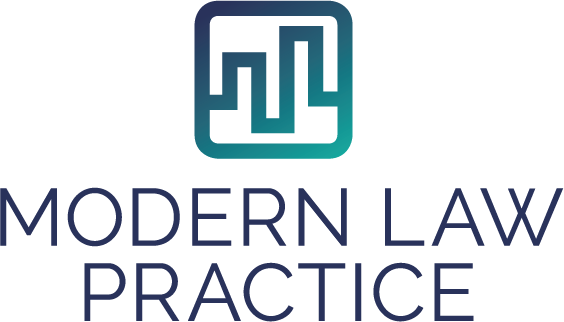Using Data To Drive Your Law Office With Key Performance Indicators
Attorney Billie Tarascio started out like a lot of attorneys who decide to hang out their shingle and start offering their service to people who need help. Nobody told her how to set up an office or what to do.
“I felt like we were so busy, but there wasn’t as much money in the bank as I wanted,” she says, recalling her first years. “That led me to start thinking more like a business owner, mapping out processes, and figuring out key performance indicators.”
That can be tough for attorneys, who were trained to deal with the law, not for office systems. Changing to a business mindset where she made decisions based on data “had such a massive impact, that it became addicting,” she says.
It started with an Excel spreadsheet that uniformly measured the individual performance of each employee and the firm as a whole. She grabbed data from Cleo, Quickbooks Online, Avvo, Net Promoter Score, Fusionsoft, etc., and the office manager was in charge of putting it all together at the end of the month. As time went on, that got more and more cumbersome, but new things began to develop out of it.
“I really started looking at intake numbers,” she says. “We got 120 new leads per month and approximately 15 new clients. I wanted to know more about those remaining 105 people.”
She initially had two dedicated intake people, and she started looking at the percentage of leads they were scheduling and how many showed up.
As it turned out, one person had much better numbers than the other. They were both very driven. One was getting 70%, while the other was getting 40% of their leads scheduled. The reason was not obvious, but she found that the one with better performance wasn’t entering in all the leads, only ones that actually scheduled. That made her numbers look better.
“The lesson is, when we are clear on what data we measure, we create a situation where people don’t always follow practices because they need the data on their side, ” she says. “Now we’re moving to a business intelligence dashboard that will connect with all of these systems that I mentioned and run them in real time so we’re not relying on the office manager running numbers, humans putting in the right information, and it’ll make it easier for me to see in real time what’s going on.”
Questions and Answers
Q: Did you make it yourself?
You can get it yourself, but it needs to be customized for your practice.
Q: What key performance indicators do you look at?
Sales, productivity, customer service, and finance. We find that productivity is the highest indicator for moving to a flat fee model which is important for family law.
Q: What’s your advice for people that want to get to your level?
For people that really love business, there’s a lot of information out there. There’s a lot of experimentation that can be done that will set your business apart.
For people that want to practice law, it will become easier as these methods can be plugged in.
Q: What surprises came?
The first revelation came from a conversion number. We gave away consultation time.
We were so busy, and at the end of the month, revenue wasn’t impressive. We found that we had given away 103 free consultations, and 7 people had hired us. I didn’t know what our conversion should be because nobody really talks about it, but I knew that it wasn’t good. That lead to the first experiment. No more free phone call consultations. In person free consultations only. Everything else is paid. That lead to us doing only paid consultations. That lead to the first dedicated intake person.
Q; Does that same model work for personal injury?
I think there are best practices for personal injury, criminal, and state attorney practices. Our clients need to come up with $5,000 to hire us. Personal injury does not.
Q: Why do you provide so much information on the web?
We want to be as valuable and as relevant to consumers as possible. We want to provide better information, and to know their problems better than anyone. We have workshops a couple of times a month where we give a ton of information that goes on YouTube and our website. That also makes people trust us. When people go into a situation they don’t understand, they want to know what to expect.
Q: When did you get over the idea of not using the word “sales?”
That happened when I looked at the 103 free consultations and the 7 new clients. We needed a sales process. If we don’t adequately communicate that we have a value to the consumer to the extent that they want to hire us, then we can’t pay the bills.
The ABA did a legal needs survey, and it reported that 86% of people don’t get the help they need when they need it. It’s not just because of cost. It’s because of fear of the legal system, not knowing they have a legal problem, etc. At the same time attorneys aren’t making the money they want to make, to live the life they want to live. We can’t be above sales.
Q: What would you say to new law school graduates?
I would talk about technology. The business of law and the model that existed 30 years ago is gone. We don’t really have mentors for the reality of today. We are creating what will be the future for lawyers and the consumers of law. There are technological tools that will help with efficiency and the ability to read data. If new lawyers can embrace the technology that is available and implement it, it will help them become more valuable. As the technology around us can answer legal questions, we need to embrace our humanity and check in emotionally to bring value to our clients.
Source: From The Maximum Lawyer Podcast with Jim Hacking & Tyson Mutrux featuring Billie Tarascio


